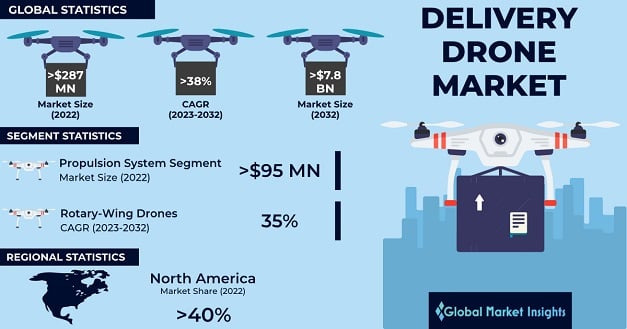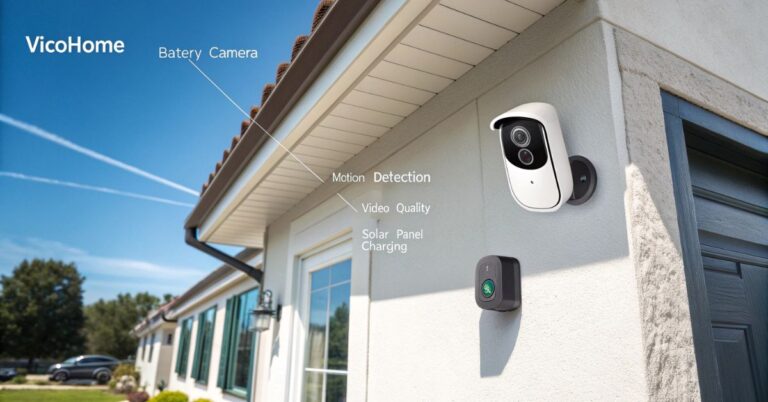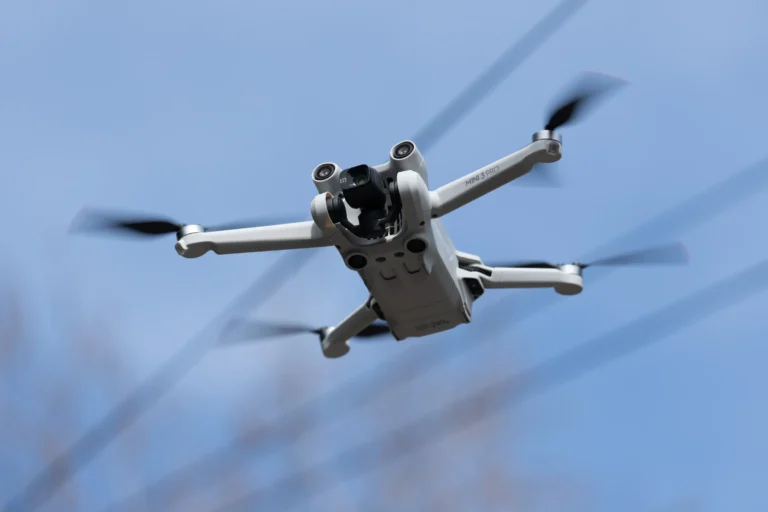Drone Market Trends in 2025: Growth, Challenges & Opportunities!
The drone industry has transformed from a niche hobby into a massive global business.
Today, drones are used in filmmaking, agriculture, construction, delivery services, disaster relief, and even law enforcement. Knowing the latest drone market trends helps businesses, investors, and drone enthusiasts understand where the industry is heading and how to take advantage of it.
2. Global Drone Market Overview
The global drone market has grown rapidly over the past decade.
In 2025, experts estimate it to be worth over $43 billion, with strong growth predicted for the next five years.
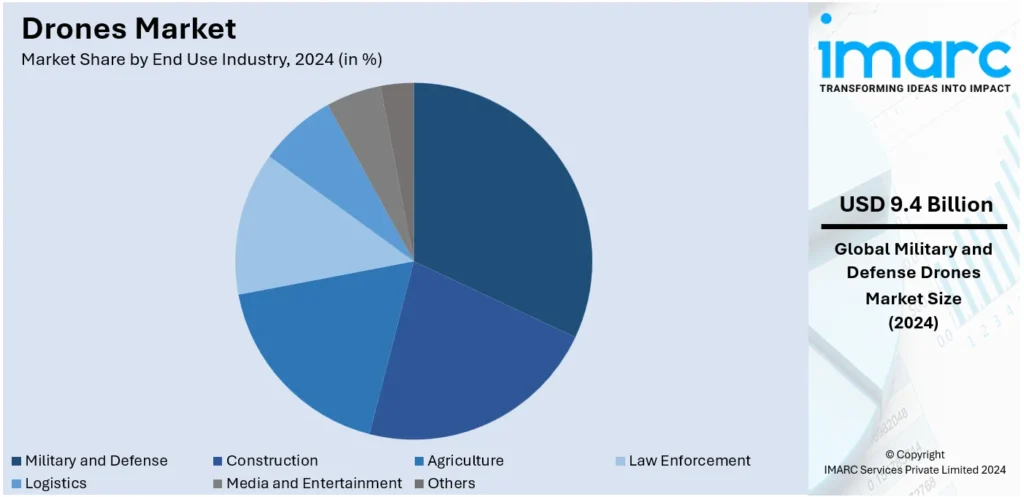
Key points driving this growth:
- Affordable drone technology for both professionals and hobbyists
- Strong demand for aerial photography and videography
- Use in mapping, surveying, and industrial inspections
- Adoption by government agencies for security and emergency response
3. Key Statistics at a Glance
| Metric | 2024 Estimate | 2025 Forecast |
|---|---|---|
| Global Drone Market Value | $36.2B | $43.1B |
| Annual Growth Rate (CAGR) | 15.5% | 14.8% |
| Commercial Drone Market Share | 70% | 73% |
| Consumer Drone Market Share | 30% | 27% |
| Leading Regions | North America, Asia-Pacific | Asia-Pacific, North America |
4. Major Drivers of Drone Market Growth
4.1 Commercial Adoption
Industries are using drones for:
- Agriculture: crop monitoring, spraying
- Construction: site mapping, progress tracking
- Energy: inspecting power lines, wind turbines
- Film & Media: cinematic aerial shots
4.2 Technological Advancements
- Longer battery life (now exceeding 40 minutes for some models)
- AI-based obstacle avoidance
- 8K video recording
- 5G connectivity for real-time transmission
4.3 E-commerce & Delivery Services
Companies like Amazon and UPS are investing in drone delivery to cut costs and speed up deliveries.
5. Drone Market Segmentation
By Type:
- Consumer Drones – For hobbyists, personal photography
- Commercial Drones – For industrial and business applications
- Military Drones – Surveillance, reconnaissance
By Application:
- Filmmaking
- Agriculture
- Security
- Logistics
- Infrastructure inspection
6. Regional Insights
North America
- High adoption in law enforcement and agriculture
- Strong regulatory frameworks from the FAA
Asia-Pacific
- Fastest-growing region
- China leads in drone manufacturing
- India adopting drones for agriculture and disaster management
Europe
- Strong demand for industrial inspection drones
- Strict but evolving regulations for commercial flights
7. Emerging Trends to Watch
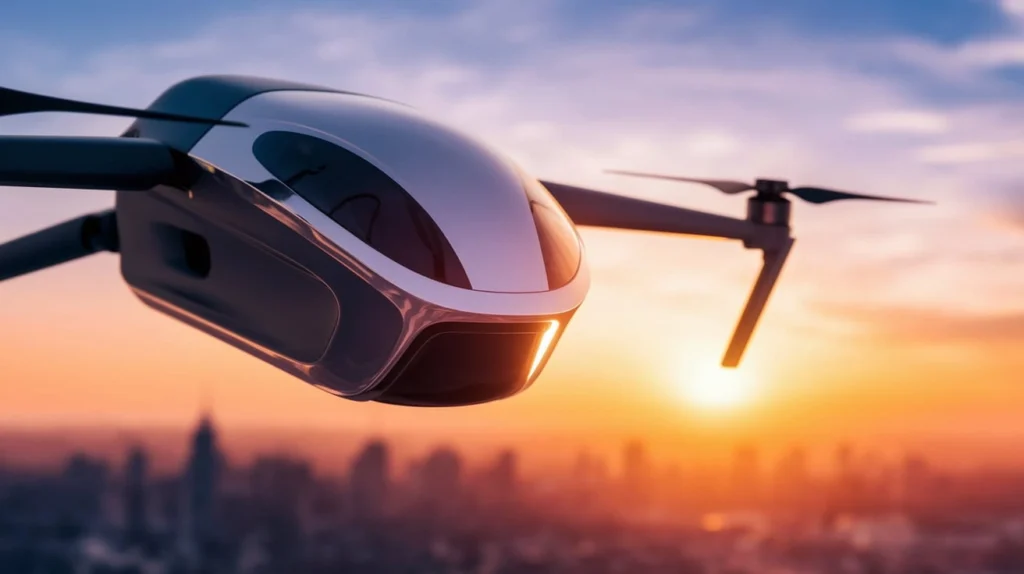
7.1 AI-Powered Drones
Artificial intelligence is transforming drones into highly intelligent machines. With AI, drones can now identify specific objects, track moving targets in real time, and even make flight decisions on their own without constant human control. This technology is especially useful in industries like security, agriculture, and disaster response, where quick and accurate decision-making is essential.
7.2 BVLOS (Beyond Visual Line of Sight) Operations
One of the biggest developments in the drone industry is the move toward Beyond Visual Line of Sight (BVLOS) operations. New regulations are being introduced to allow drones to fly farther than the pilot can see. This opens the door for large-scale delivery services, long-distance inspections, and infrastructure monitoring without the need for constant human supervision.
7.3 Eco-Friendly Drones
Sustainability is also becoming a focus in drone technology. Manufacturers are developing solar-powered and energy-efficient models to reduce the environmental footprint of drone operations. These eco-friendly drones have the potential to operate longer in the air while using less power, making them ideal for continuous monitoring, environmental research, and low-impact commercial uses.
8. Regulatory Landscape
The drone industry is booming, but the rules for flying them aren’t the same everywhere. In the United States, anyone using a drone for work needs an FAA Part 107 license, which means passing a test and following set guidelines. In Europe, the EASA has created one set of rules for all EU countries, making it simpler for pilots to operate across borders.
In Asia, each country has its own approach, some are becoming more welcoming to drones, while others still keep tight restrictions. If you plan to fly drones in different regions, it’s important to know and follow the local laws.
9. Challenges in the Drone Industry
- Battery limitations – Even the best drones still average under an hour of flight time
- Airspace regulations – Delays in BVLOS approvals
- Privacy concerns – Public debate over surveillance
Future Outlook
The next few years are going to be exciting for the drone world. Here’s what we can expect:
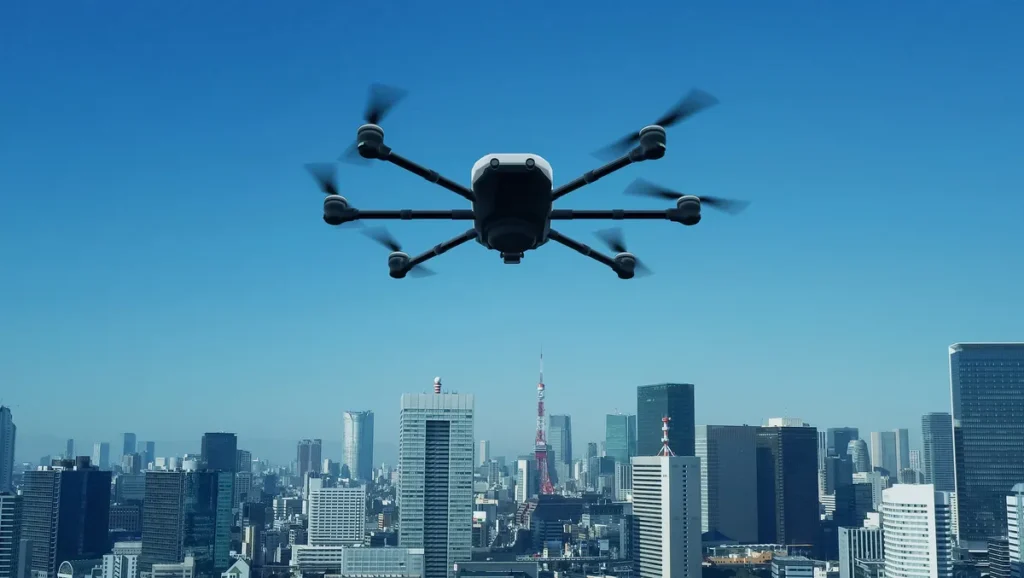
- More automation in drone operations
Drones will become even more self-reliant, with advanced software handling take-offs, navigation, obstacle avoidance, and landings without human input. This will make them easier to use for businesses and cut down on the need for large teams of pilots. - Wider delivery services
Drone deliveries will move from small test programs to a regular part of our lives. From delivering packages in cities to sending medical supplies to remote areas, drones will make delivery faster and more accessible. - Better safety features
Expect to see stronger safety technology, such as automatic collision avoidance, emergency landing systems, and improved sensors that work in all weather conditions. These upgrades will help build public trust and encourage wider use. - Stronger demand in agriculture and construction
Farmers will rely more on drones for crop monitoring, spraying, and yield analysis, while construction companies will use them for mapping, progress tracking, and site inspections. Both industries will benefit from lower costs and faster data collection.
Final Thoughts
The drone market trends show a clear path toward growth, innovation, and wider adoption.
Businesses that adapt early to these changes will benefit from new opportunities, while hobbyists will enjoy more powerful and affordable drones than ever before.
FAQs about Drone Market Trends
1. What is the drone market size in 2025?
Around $43 billion, growing at nearly 15% annually.
2. Which industry uses drones the most?
Agriculture, construction, and film/media are the biggest users.
3. Will drone delivery become common?
Yes, as BVLOS regulations improve, drone delivery will expand.
4. Which region is growing the fastest?
Asia-Pacific, mainly driven by China and India.
5. Are AI-powered drones the future?
Yes, AI will make drones more autonomous and efficient.
